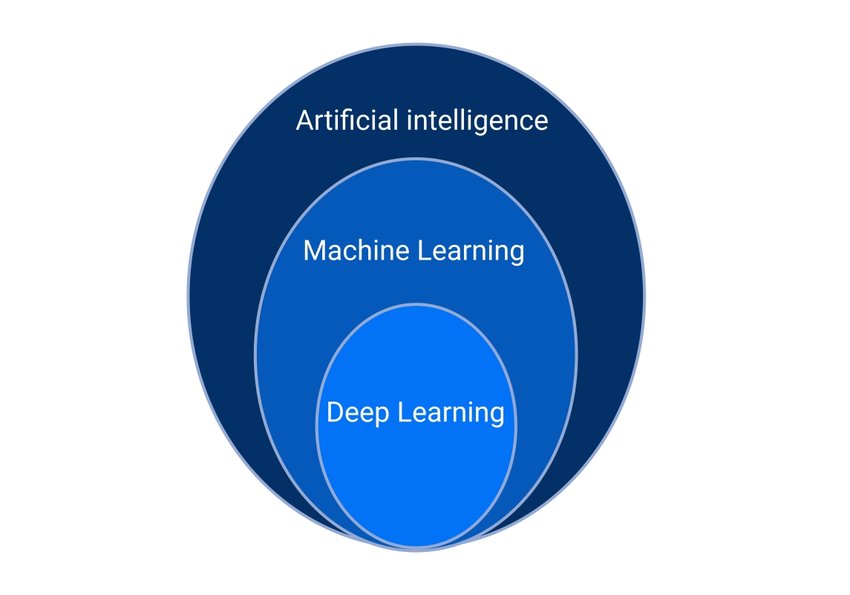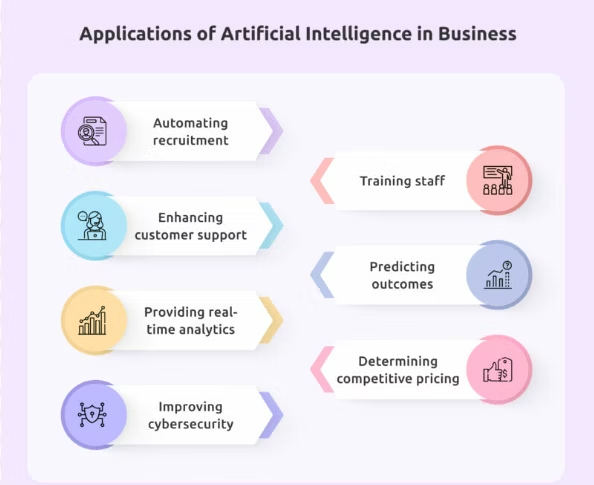How does machine learning improve AI responses ?

In today’s data-driven world, machine learning (ML) is a game-changer for improving AI responses. Whether used in AI browser extensions, web page analysis tools, or information summarization tools, machine learning ensures that AI systems can adapt, learn, and provide context-aware responses. These capabilities lead to significant gains in productivity for professionals and decision-makers, enabling smarter and faster business decisions.
The role of machine learning in AI systems
Machine learning is a core component of modern AI systems. It enables AI to analyze vast datasets, identify patterns, and improve its performance autonomously. Unlike traditional rule-based AI, machine learning allows systems to adapt and refine responses based on real-world interactions and continuous feedback loops.
AI-powered productivity tools such as AI browser extensions and research tools for decision-makers rely on machine learning to deliver accurate, context-rich responses in real time. These tools not only improve the quality of responses but also enhance workflow efficiency.
Try Wiseone for free with a 7-day pro trial
no credit card required
Why improving AI responses matters ?
For B2B professionals, accurate AI responses are critical for ensuring customer satisfaction, operational efficiency, and data-driven decision-making.
Machine learning ensures that AI responses are not only faster but also more relevant and personalized. This results in better user engagement and improved business outcomes across industries like customer service, healthcare diagnostics, and business intelligence.

Key mechanisms through which machine learning enhances AI responses
Natural language processing (NLP)
Machine learning has revolutionized natural language processing (NLP), enabling AI systems to understand and generate human language with remarkable accuracy. NLP models powered by machine learning focus on semantic analysis, contextual embeddings, and entity recognition to deliver contextually accurate responses.
Key techniques include:
- Tokenization and lemmatization: Breaking down complex sentences for better semantic understanding.
- Named entity recognition (NER): Extracting key information such as names, dates, and organizations for more precise responses.
- Transformer-based models (e.g., BERT, GPT): These models capture the full context of a conversation, ensuring relevant and coherent responses across multi-turn dialogues.
Contextual understanding and retrieval-based responses
Machine learning models excel at maintaining contextual coherence across extended conversations, which is essential for providing meaningful answers.
- Attention mechanisms allow AI to focus on the most relevant parts of the conversation, reducing irrelevant responses.
- Retrieval-Augmented Generation (RAG): Combines machine learning with external knowledge bases, enhancing the accuracy of AI responses by integrating up-to-date information.
- Multi-turn dialogue modeling: Ensures that AI systems maintain continuity across long conversations, providing responses that reflect the broader context.
Continuous learning and adaptive responses
Machine learning enables AI systems to learn continuously and adapt to changing data patterns. This ensures that responses remain accurate and up-to-date over time.
- Online learning algorithms allow AI systems to refine their models with each new interaction.
- Reinforcement learning frameworks optimize responses based on user feedback, rewarding the most relevant and accurate outputs.
- Domain adaptation tailors models to specific industries, improving accuracy in specialized fields like finance, healthcare, and customer service.
Intent recognition and response optimization
Machine learning enhances AI’s ability to detect and prioritize user intent, ensuring that responses align with the user’s goals.
- Intent classification models use multi-class classification to predict user intent with high precision.
- Response reranking algorithms prioritize high-confidence outputs, improving the relevance and reliability of AI responses.
Benefits of machine learning in AI responses
Enhanced accuracy and context-awareness
Machine learning helps AI systems deliver context-aware, semantically rich responses that align with user expectations. This significantly reduces the risk of miscommunication.
Personalization and adaptive capabilities
Machine learning-driven AI systems provide hyper-personalized responses by continuously adapting to user behavior and preferences. Information summarization tools and productivity tools for professionals leverage these capabilities to offer customized insights in real-time.
Bias reduction and fairness assurance
Machine learning models trained with robust datasets and fairness-aware algorithms minimize biases, ensuring equitable and reliable responses across different user groups.
Challenges in implementing machine learning for AI responses
Data quality and feature engineering
For machine learning models to deliver reliable results, high-quality and diverse datasets are essential. Poor data quality can lead to inaccurate responses, making data augmentation and anomaly detection frameworks critical for maintaining integrity.
Computational cost and scalability
Running large-scale machine learning models requires significant computational resources. Businesses must balance performance demands with infrastructure costs to ensure scalability.
Ethical concerns and accountability
Algorithmic decisions must be transparent and auditable to ensure ethical practices. Regular model audits and bias detection tools help mitigate risks and ensure accountability.
Join the Wiseone community
They’re talking about us on social media.